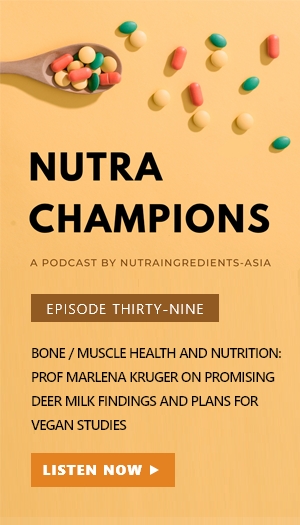Poor nutrition a major preventable risk factor in China cancer deaths: Study

The findings were highlighted in a new report which concluded that more than half of all male cancer deaths in 2013 in China and more than a third of those in women were attributable to a group of potentially modifiable risk factors: smoking, alcohol, nutrition, weight, physical activity, and infections.
The study appears in Annals of Oncology, and concludes that effective public health interventions to eliminate or reduce exposure to these risk factors can have considerable impact on reducing the cancer burden in China.
Cancer is the leading cause of death in China, with 4.3 million new cancer cases and 2.8 million cancer deaths estimated to occur each year. That burden is expected to increase in the coming decades because of the country's ageing population, as well as changes in lifestyle that increase cancer risk, such as excessive calorie intake and physical inactivity.
Risk factors
To investigate further, a multi-agency team of researchers led by Farhad Islami of the American Cancer Society found 717,910 (52%) cancer deaths in men and 283,130 (35%) in women in 2013 in China were attributable to the risk factors considered in the analysis.
The corresponding numbers for cancer cases were 952,520 (47%) in men and 442,650 (28%) in women. Among both sexes combined, nearly one million (approximately 996,000) or almost half of all cancer deaths and 1,388,800 (39%) of all cancer cases in China in 2013 were attributable to the studied risk factors.
By risk factor, the greatest attributable proportions of cancer deaths in men were having previously smoked (26%), hepatitis B (HBV) infection (12%), and low fruit / vegetable intake (7%). In women, HBV infection (7%), low fruit / vegetable intake (6%), and second-hand smoke exposure (5%) were the largest contributors.
They concluded: "Our findings reinforce the need for broad implementation of known interventions and the development of new strategies to reduce exposures to established (smoking and carcinogenic infections) and emerging (alcohol-drinking, excess body weight, and physical inactivity) risk factors in the country."
Source: Annals of Oncology
Ann Oncol 2017 mdx342. doi: 10.1093/annonc/mdx342
"Cancer deaths and cases attributable to lifestyle factors and infections in China, 2013."
Authors: F. Islami, et al








